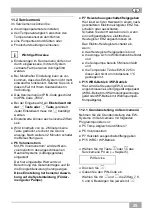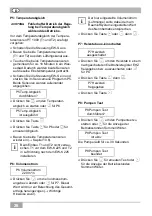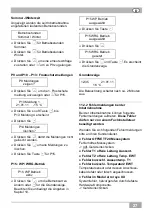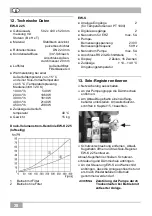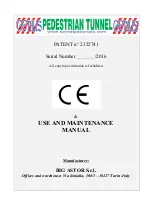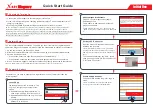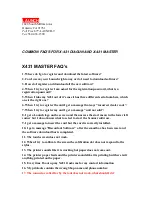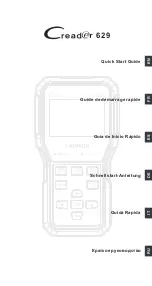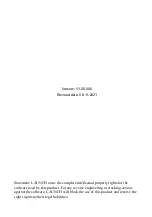
37
Clean the metal frame with a damp cloth
and leave it to dry.
Insert a new air filter (
→
Chapter 1) into the
metal frame so that the filter lies flat right
into the corners, without any folds.
Push the filter frame into the housing.
Fix the housing cover back in position with
the 2 screws.
Switch the mains fuse on. Then switch on
the EW-system and the room air system.
6.3 Cleaning the EW-K
Depending on the level of
contamination, we recommend an:
annual
cleaning of the heat
exchanger
annual
internal cleaning
half-yearly
cleaning of the
condensation run-off and the siphon
6.3.1 Cleaning the heat exchanger and
housing
Switch the EW-system off at the EW-S
controller and then switch the mains fuse
off.
Remove the air filter (
→
Chapter 6.2).
Clean the heat exchanger carefully with
luke-warm water. Leave it to dry out
completely.
Wipe off the inside walls of the heat
exchanger with a cleaning cloth.
Fit the air filter and the housing cover as
described in Chapter 6.2.
6.3.2 Cleaning the condensation run-off
and siphon
Switch the EW-system off at the EW-S
controller and then switch the mains fuse
off.
Remove the air filter EW-F
(
→
Chapter 6.2).
Remove the deposits in the condensation
tank and drain tube. Flush the tube out
using sufficient water.
The siphon must be filled up with water.
Otherwise infiltrated air is sucked into
the EW-K 225 through the conden-
sation hose.
Fit the air filter and the housing cover
(
→
Chapter 6.2).
Flush out the condensation drain
every six months
using sufficient
water.
6.4 Allowed heat carrying medium
(Glykosol)
Glykosol N (EW-G) is permitted for the
operation of the brine-earth heat exchanger.
For this purpose, we recommend a 25 %
glycol-water mix. This is frost-safe down
to -15 °C outside air temperature.
Glykosol is a substance hazardous to
water within the terms of the domestic
water legislation (WGH). Always
dispose of it in an environmentally-
friendly way in accordance with the
applicable regulations in your country
(
→
Chapter 15, Disposal).
7.
Messages
Messages are displayed in the Service menu
when you select P9 (
→
Chapter 11.2).
●
The last four frost protection messages are
stored under P10 to P13 with the date and
outside air temperature.
●
The messages are deleted with P14.
i
i
i
i
i



